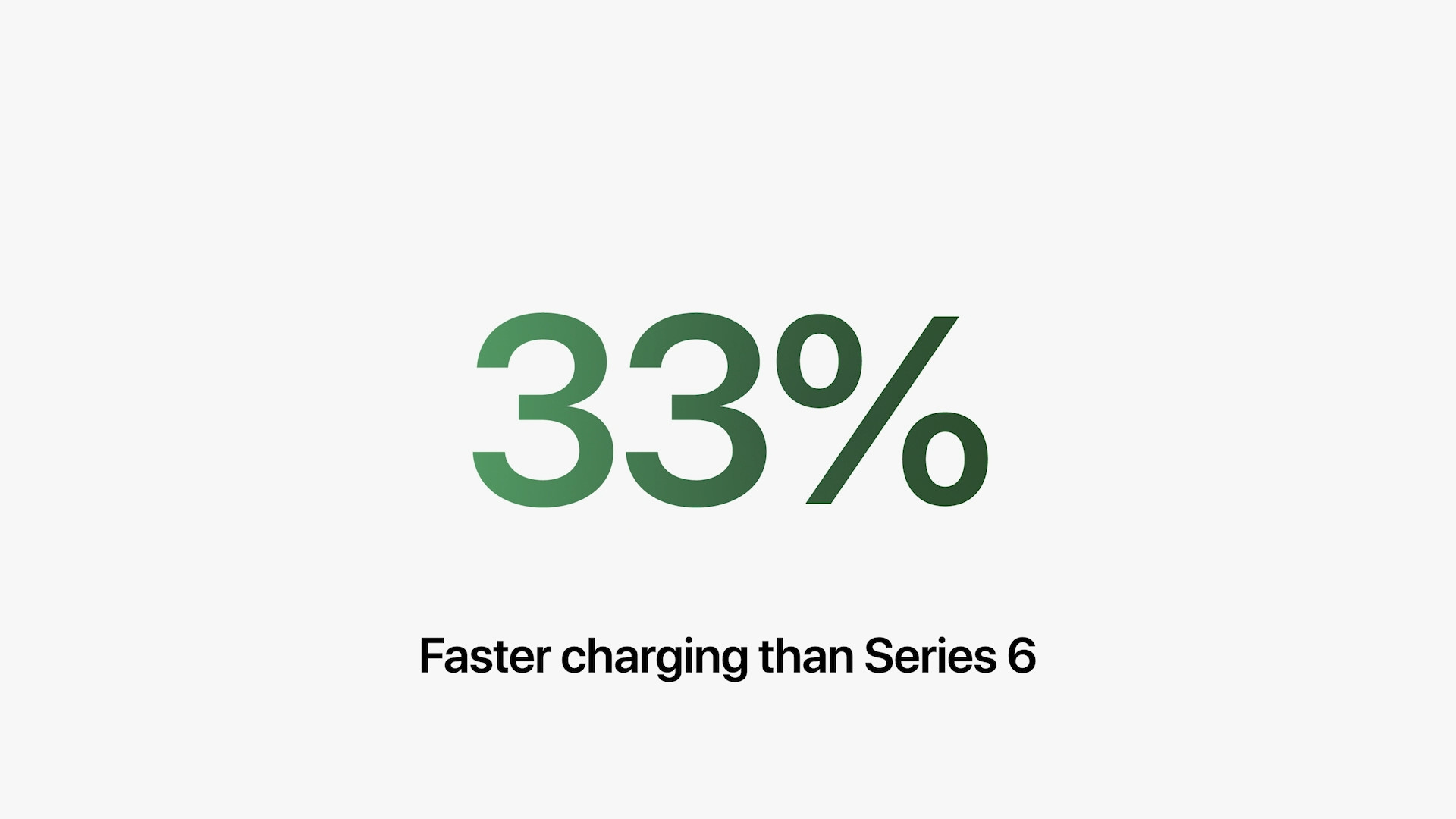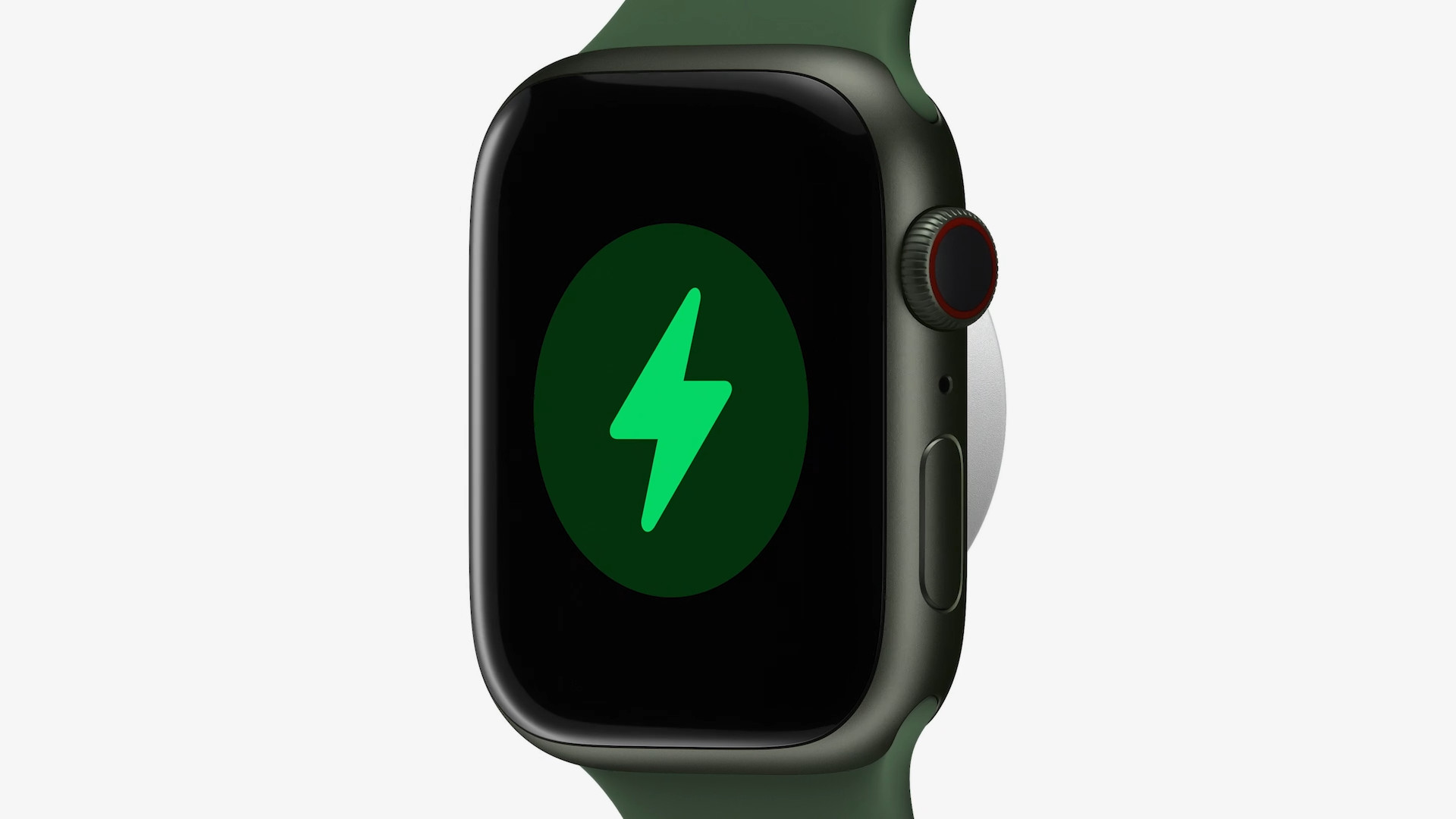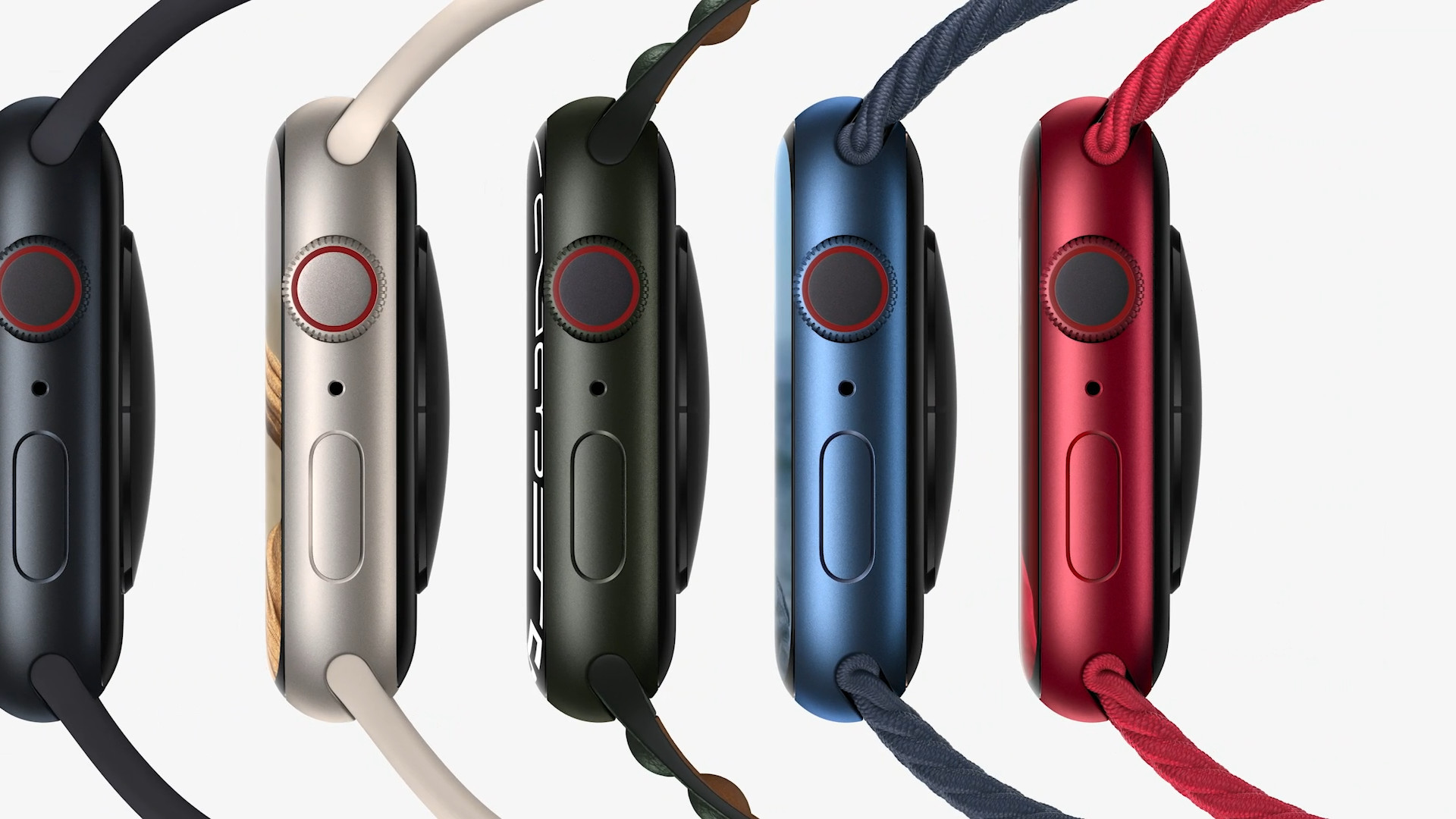We know for sure that Apple intends to present its new operating systems as part of the opening keynote at WWDC22, i.e. on June 6. For sure, we will see not only macOS 13 and iOS 16, but also watchOS 9. Although it is not known what the company is planning for news for its systems, it is starting to be rumored that the Apple Watch could get a power saving mode. But does such a function make sense in a watch?
We know the power saving mode not only from iPhones, but also from MacBooks. Its purpose is that when the device starts to run out of battery, it can activate this mode, thanks to which it lasts longer in operation. When used on an iPhone, for example, automatic locking is activated for 30 seconds, display brightness is adjusted, some visual effects are cut, photos are not synced to iCloud, e-mails are not downloaded, or the adaptive refresh rate of iPhone 13 Pro is limited and 13 Pro Max at 60 Hz.
The Apple Watch does not yet have any similar functionality. In case of discharge, they only offer the option of the Reserve function, which at least allows you to view the current time, but nothing more, nothing less. However, the novelty should reduce the energy consumption of applications to a minimum, but at the same time preserve their full functionality. But does such a thing even make sense?
It could be interest you
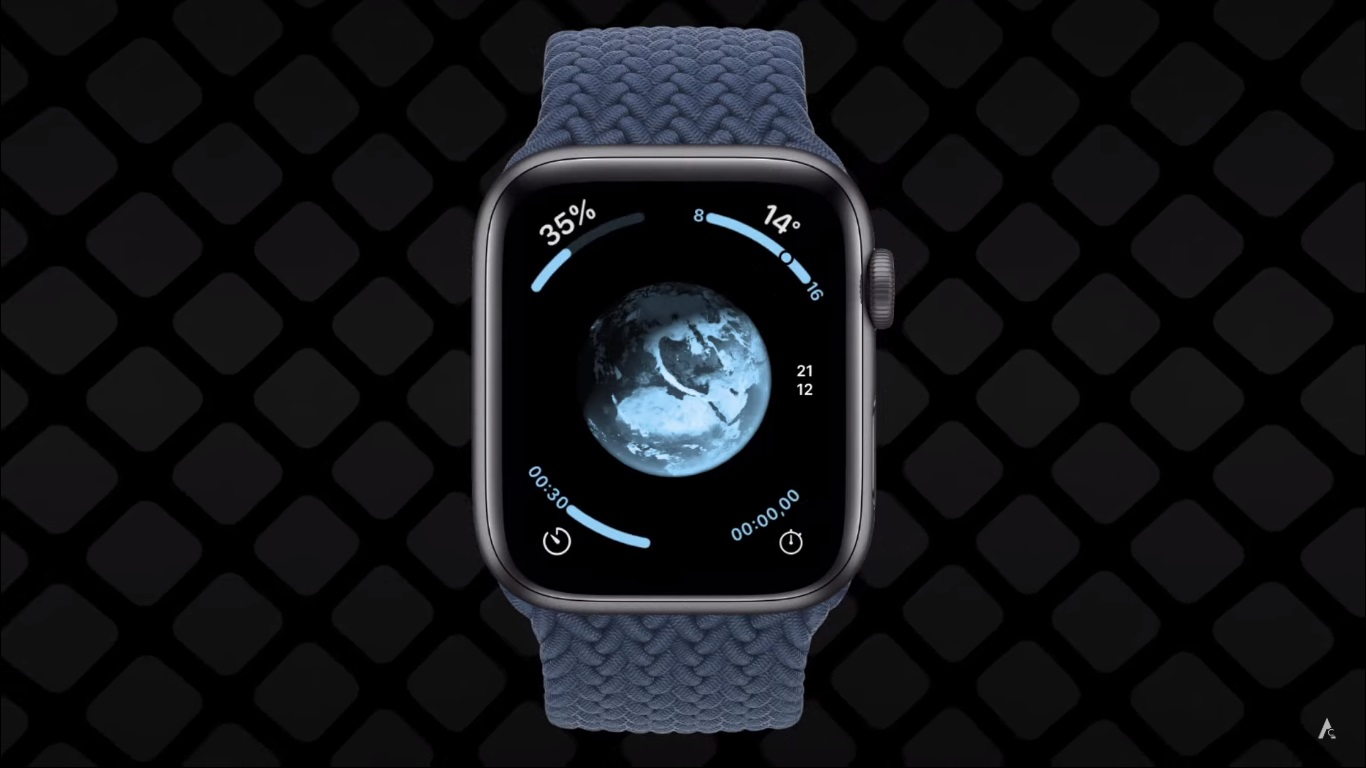
There are multiple ways and all of them can be correct
If Apple wants to come up with a low-power mode on the Apple Watch through some optimization rather than limiting apps and features, it begs the question why there should be such a mode at all, and why not instead tune the system to be less power-hungry as a whole . After all, the durability of the company's smartwatches is their biggest pain point.
Apple Watch is used in a different way than iPhones and Macs, so you can't come up with a similar savings as other 1:1 systems. If the watch is primarily intended to notify about events and measure activities, it would not make sense to drastically limit these functions in some way.
We are talking about the watchOS system here, where even if it added a certain feature similar to the low power modes on iPhones and Macs, it would be possible to do the same for existing devices. But we're still talking about a few hours at most that your watch with the feature would get, if at all. Of course, the ideal solution would be to simply increase the battery itself.
Even Samsung, for example, understood this with its Galaxy Watch. The latter is preparing their 5th generation this year and we already have indications that their battery will increase by a whopping 40%. It should thus have a capacity of 572 mAh (the current generation has 361 mAh), the Apple Watch Series 7 has 309 mAh. However, since the duration of the battery also depends on the chip used, Apple could gain even more with a relatively small increase in capacity. And then of course there is solar power. Even that can add some hours, and it can be relatively unobtrusive (see Garmin Fénix 7X).
It could be interest you
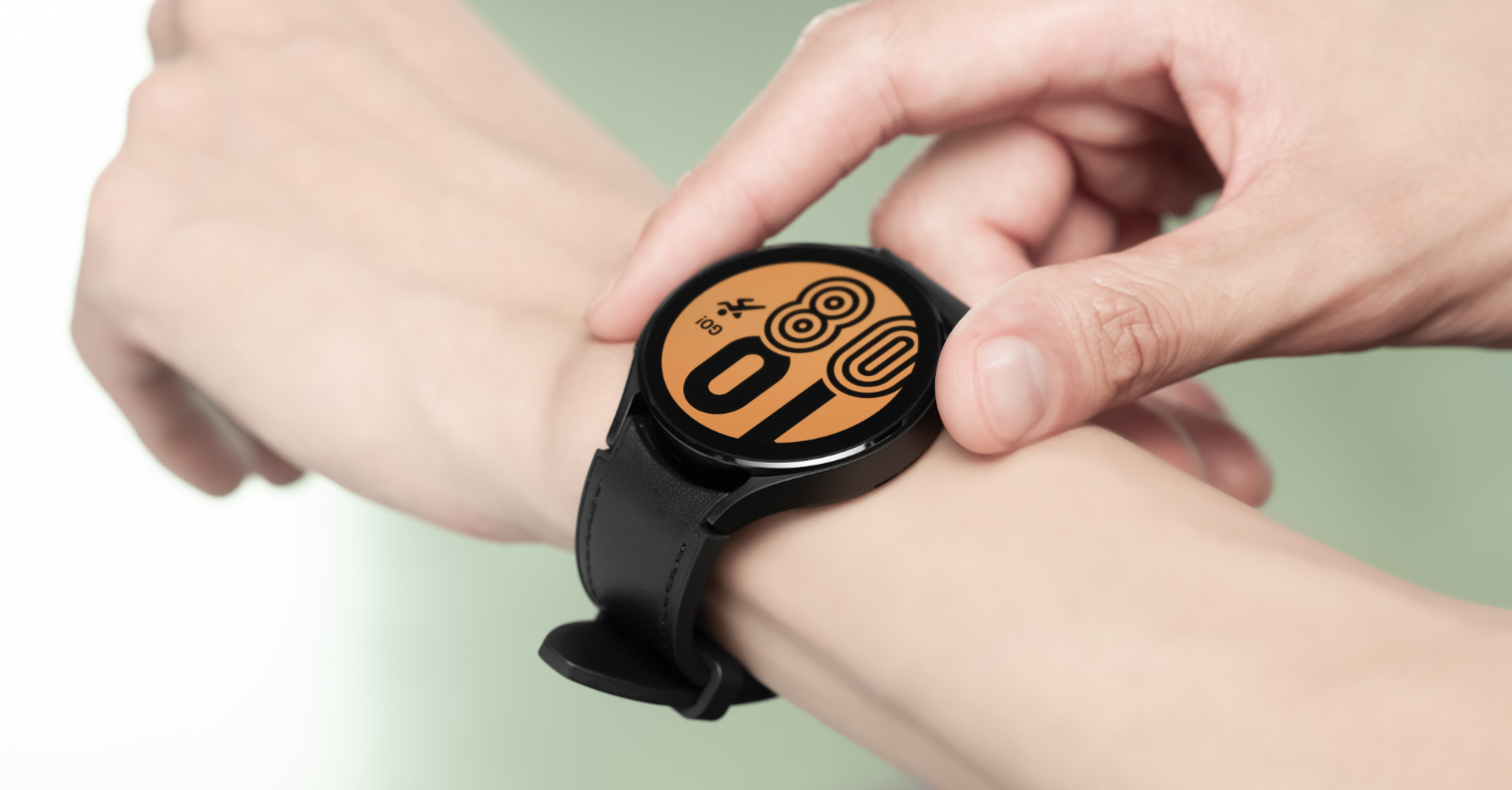
A possible alternative
However, the entire interpretation of the information can also be slightly misleading. There has been talk of a sportier Apple watch model for a long time. When the company introduces them (if ever), they will of course also deal with watchOS. However, they may have some unique functions, which may be the extension of endurance, which the standard series may not have. If you go on an outdoor weekend with the current Apple Watch Series 7 and turn on GPS tracking on them, this fun will last for 6 hours, and you simply don't want that.
Whatever Apple is up to, it will do well to focus on the durability of its current or future Apple Watch in any way it can. Even though many of their users have managed to develop a habit of daily charging, many are still simply not comfortable with it. And of course, Apple itself certainly wants to support the sales of its devices in all possible ways, and just increasing the battery life of the Apple Watch would be what would convince many to buy them.
- Apple products can be purchased for example at AlgeIn iStores whether Mobile Emergency





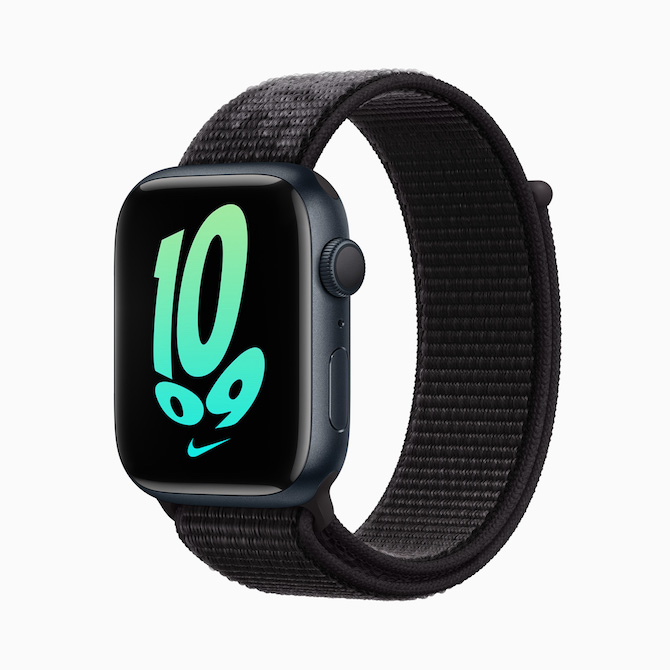


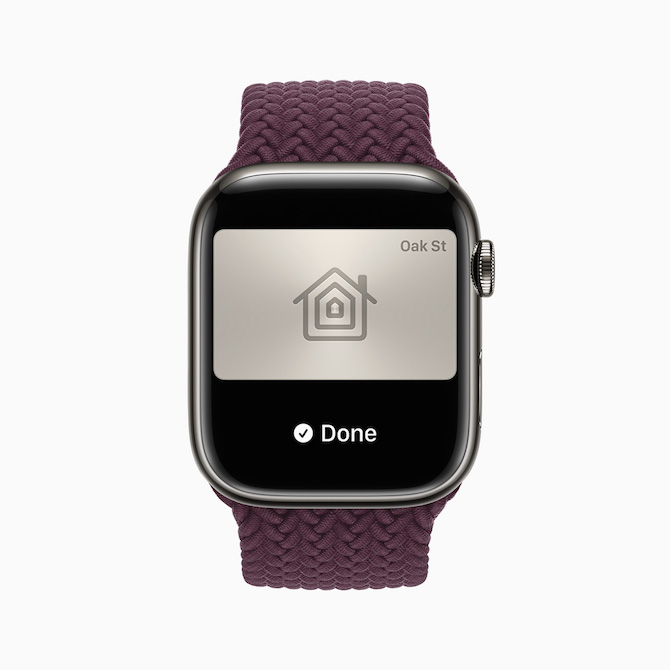
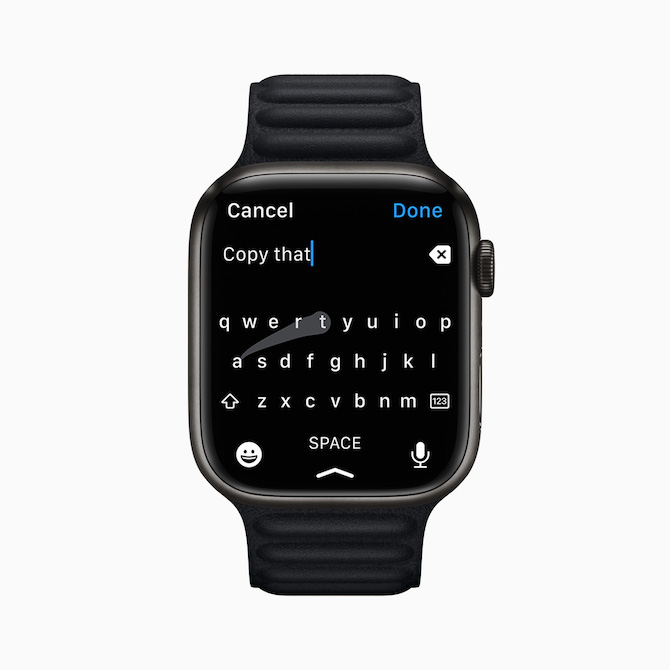
 Flying around the world with Apple
Flying around the world with Apple 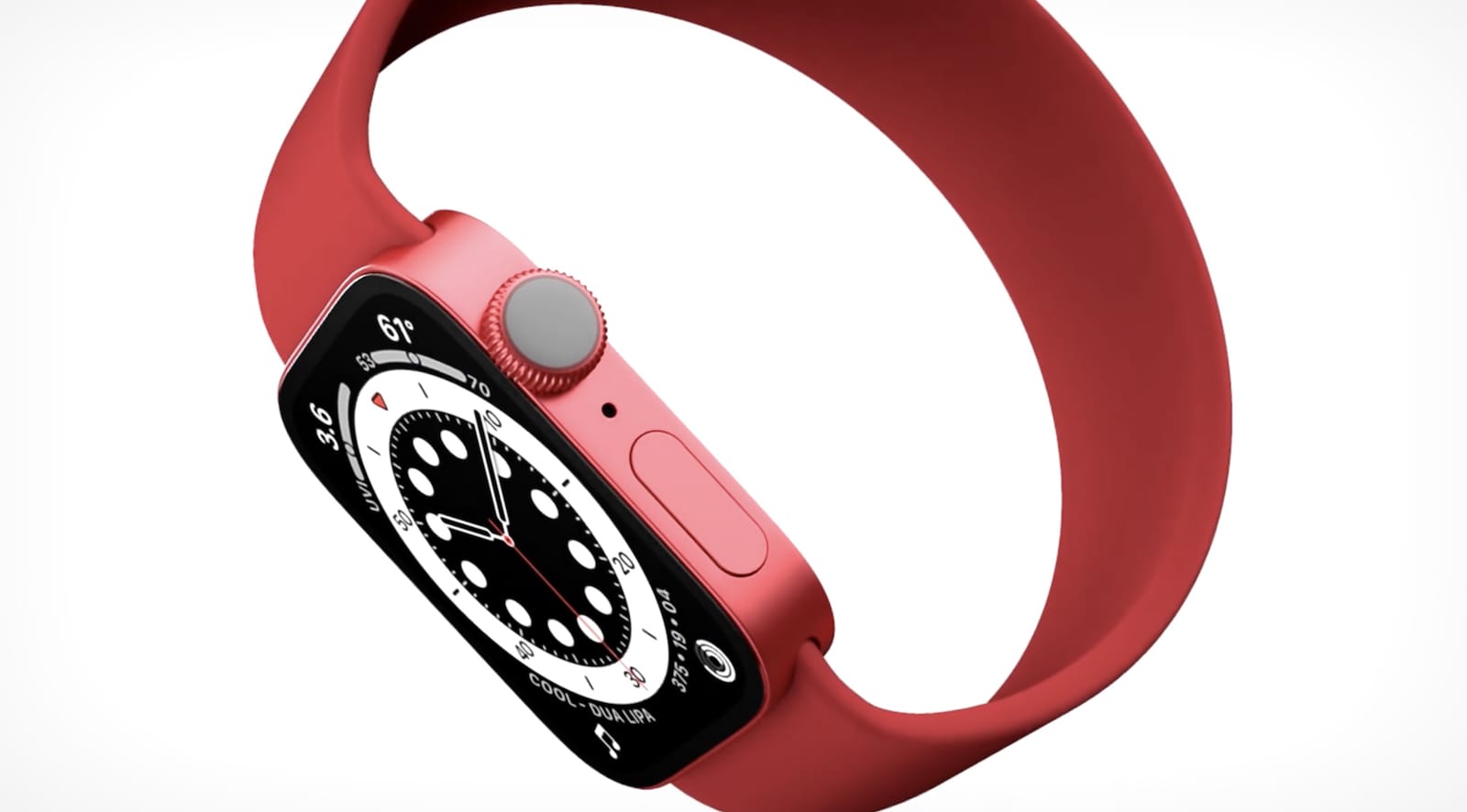
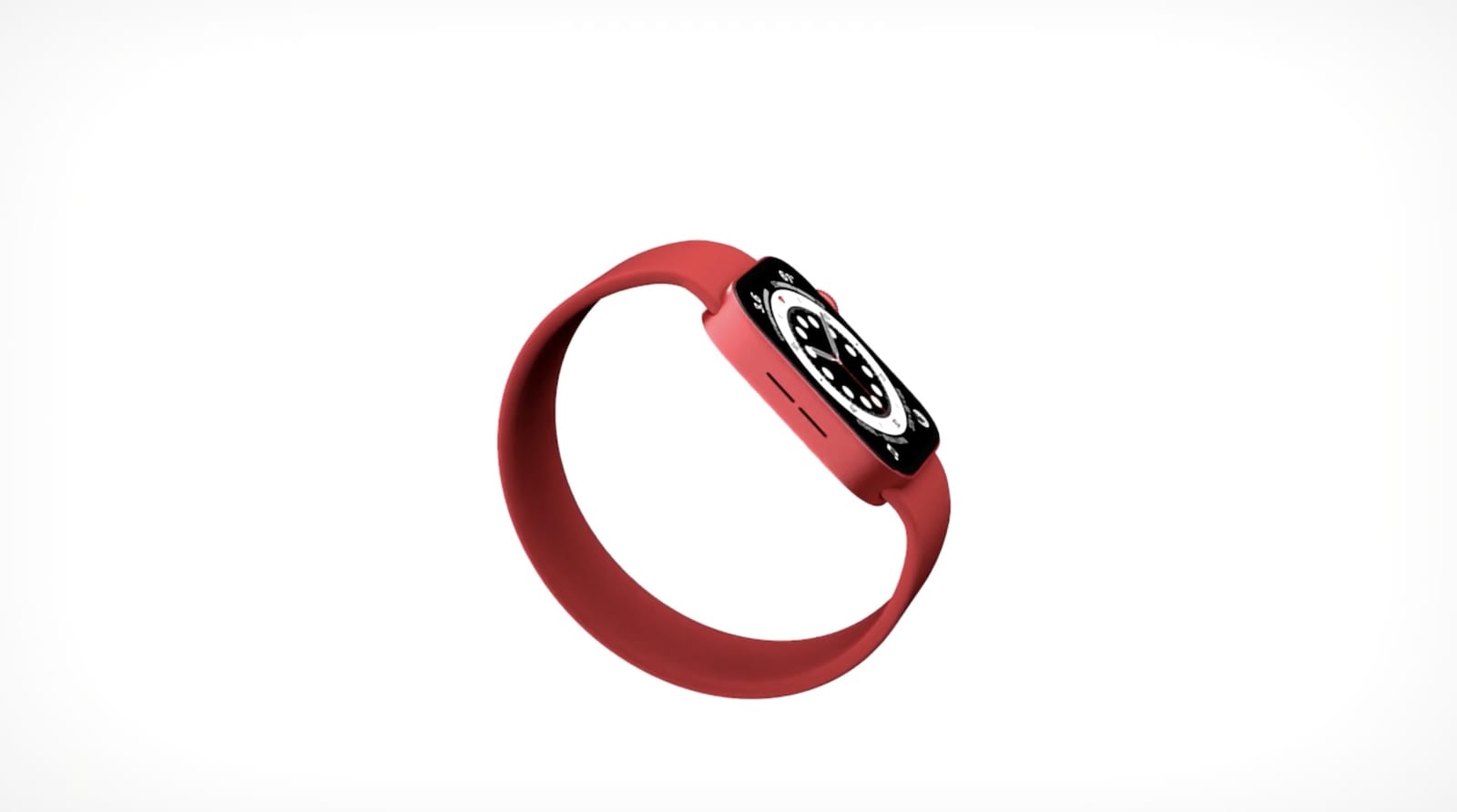
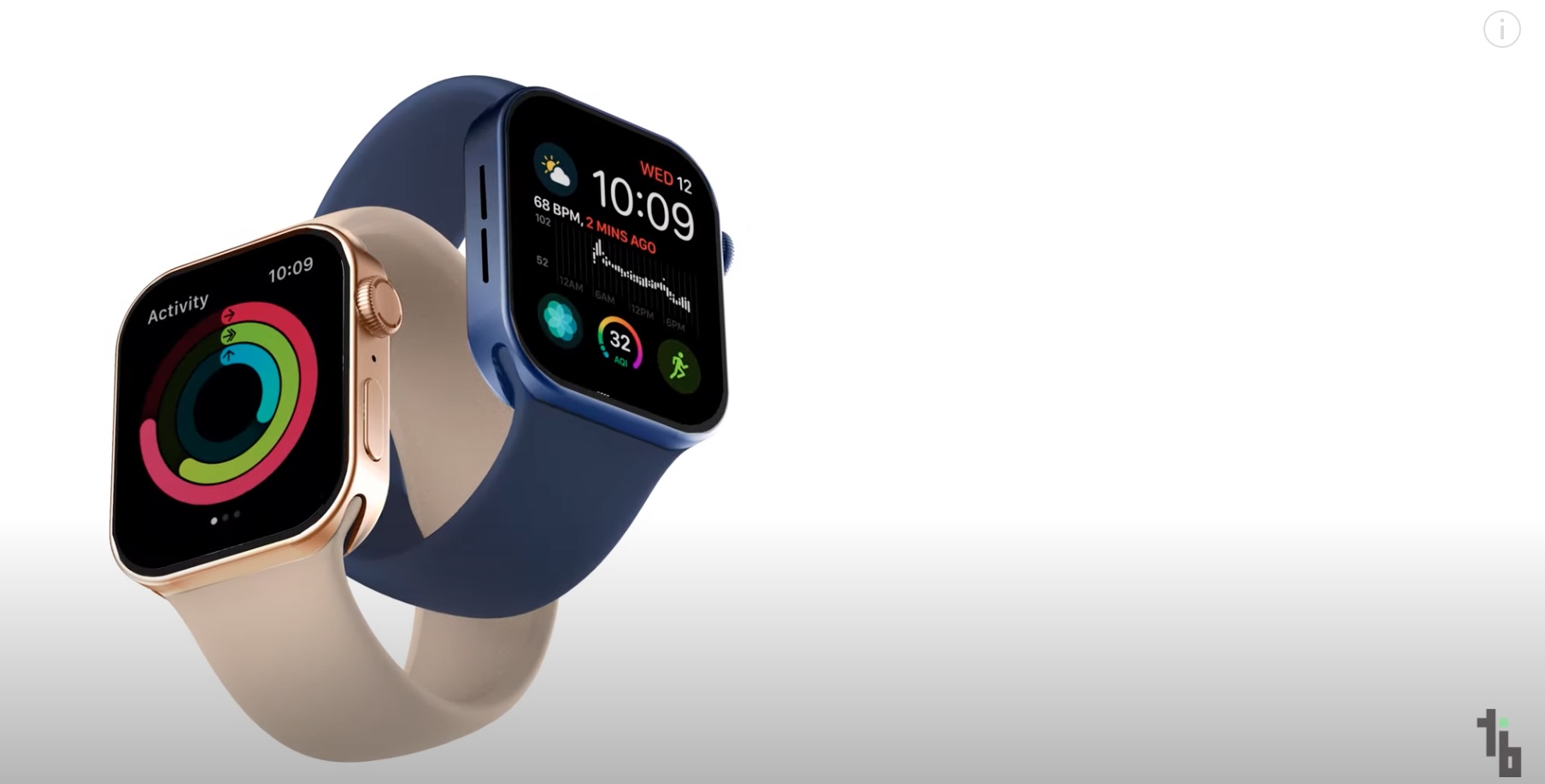
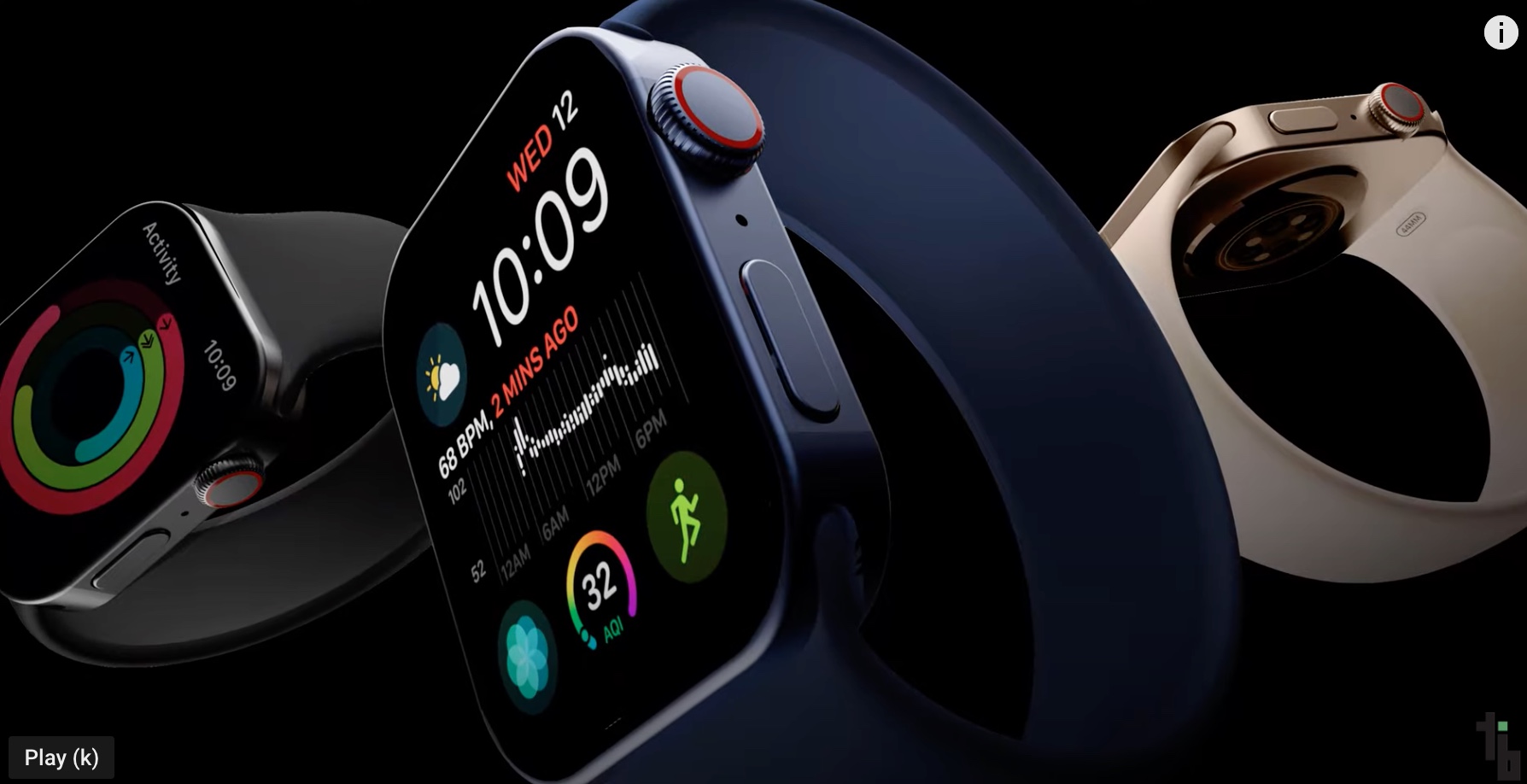
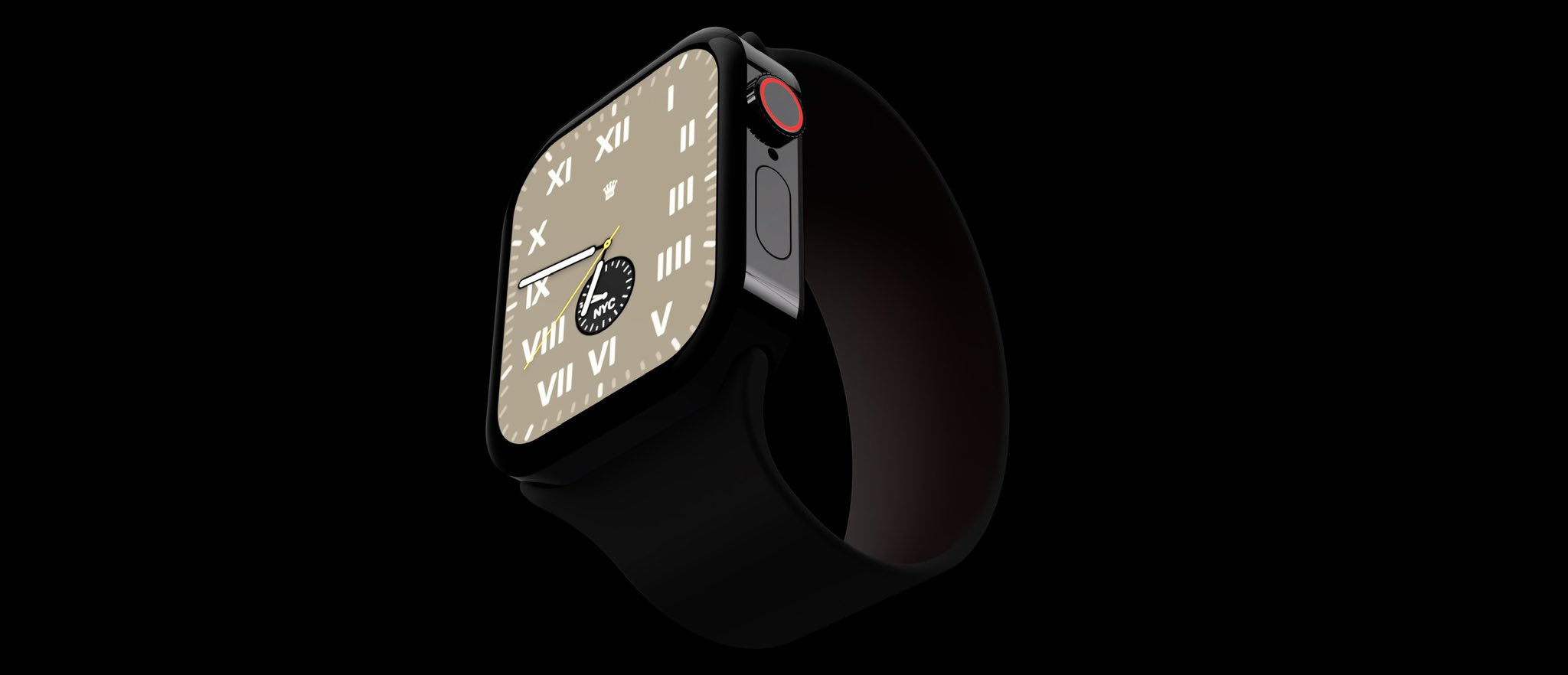
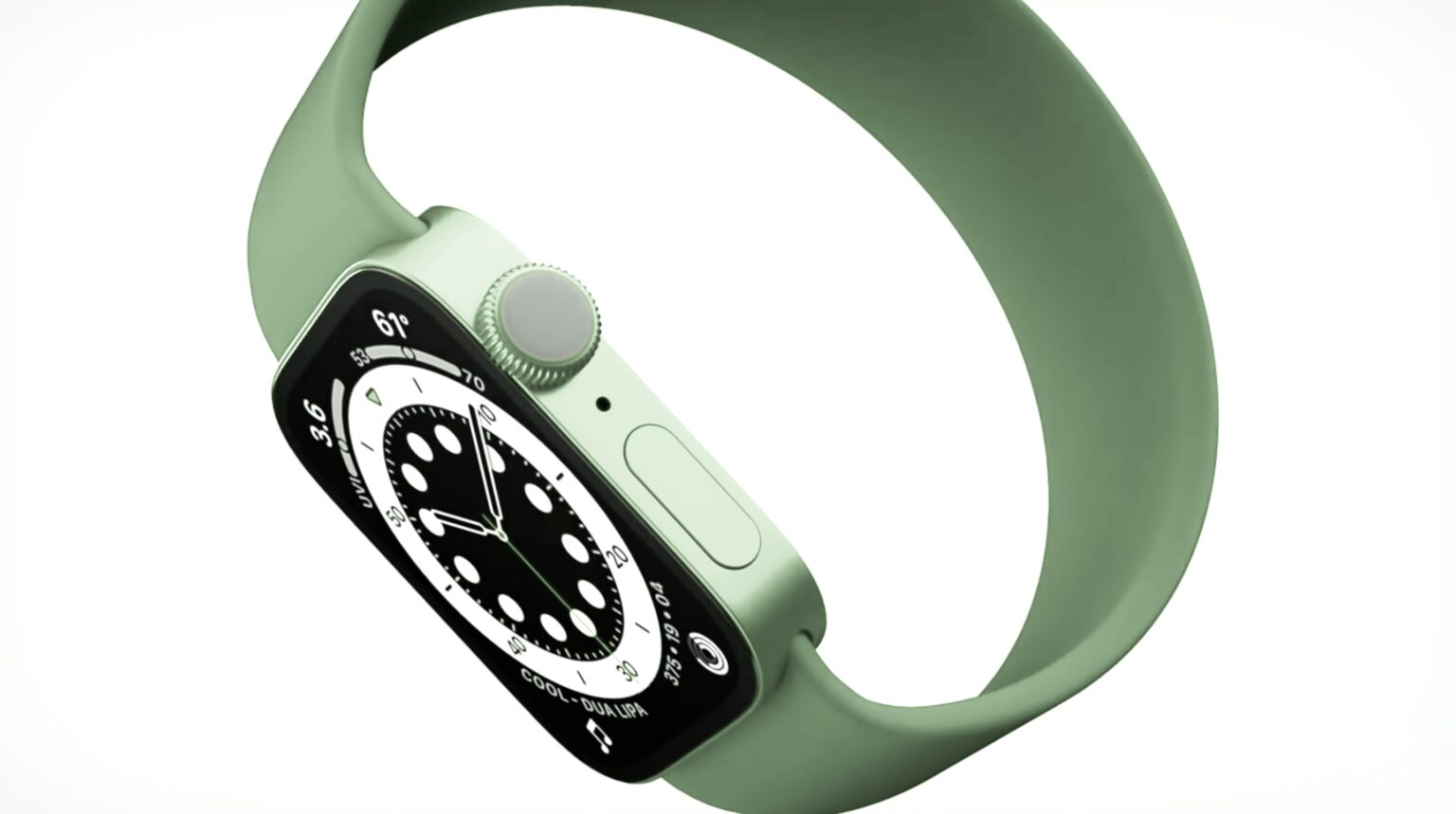

 Samsung Magazine
Samsung Magazine 
